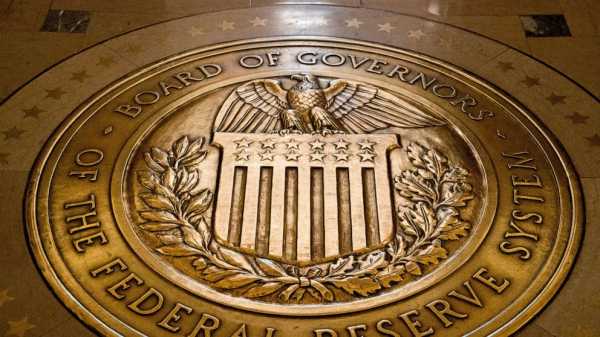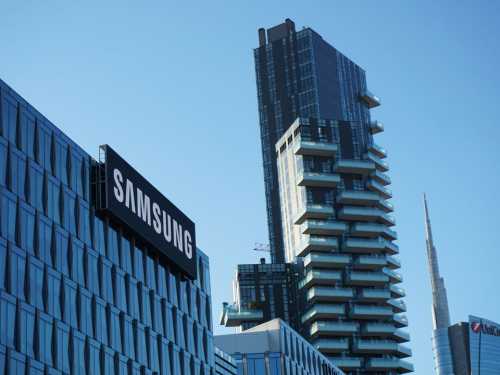
NEW YORK — The nation's 23 largest banks passed the Federal Reserve's so-called stress tests this year, a sign that the nation's banking system remains resilient despite the recent banking crisis that led to the failure of Silicon Valley Bank, Signature Bank and First Republic Bank.
The Fed's report issued Wednesday did show some relative weakness among the midsize banks and "super regional" banks, with some getting a passing grade with a smaller cushion than usual. Those results could raise eyebrows among investors and policymakers.
Fed policymakers also hinted that they could make the tests harder in future iterations, due to the banking crisis earlier this year.
“We should remain humble about how risks can arise and continue our work to ensure that banks are resilient to a range of economic scenarios, market shocks, and other stresses,” said Michael Barr, the Fed's vice chair for supervision, in a statement.
The “stress tests” have become an annual report card for the nation’s financial system since being implemented after the Great Recession and 2008 financial crisis. The tests vary from year to year, but generally involve the Fed testing to see how steep the losses in the banking industry would be if unemployment were to skyrocket and economic activity were to severely contract.
The Fed has also used current events to determine their scenarios. For example, the central bank has previously tested banks against the possibility of a double-dip recession caused by the coronavirus pandemic.
In the 2023 tests, the Fed hypothesized a scenario where there was a severe global recession that caused a 40% decline in commercial real estate prices and a substantial increase in office vacancies, as well as a 38% decline in home prices. Under the Fed’s worst scenario, the unemployment rate would rise to 10% — it's currently 3.7%.
Commercial real estate has been a worry spot for investors and bank regulators for some time, as post-pandemic work-from-home policies have allowed companies to reduce the amount of office space they need. Many of the banks heavily invested in commercial real estate are small-to-midsize banks that have been under some pressure this year.
In this scenario, the 23 largest banks would have collective losses of $541 billion and their capital ratios would fall from 12.4% to 10.1%. That’s comparable to previous years, the Fed said.
A bank must have a stressed capital ratio of at least 4.5% to be considered for a passing grade. The collective average was well above that figure. Failing the test would subject a bank to automatic restrictions on its ability to pay out dividends to shareholders and buy back shares.
Banks likely will start announcing their plans for returning capital to shareholders on Friday after the market closes.
The banks that had the lowest capital ratios under these tests were the midsize banks, such as M&T Bank and Citizens Bank, and super regionals, or banks with a national presence and over $500 billion in assets, such as US Bancorp and Truist, While investors have not been worried about these banks as much as their smaller peers, it does show how banks that are not considered “too big to fail” are struggling under high interest rates and inflation.
Under the Fed's test, US Bank would have a ratio of 6.6%, Truist would be at 6.7% and Citizens Financial would be at 6.4%.
The Fed further tested the balance sheets of eight banks with large trading books to see if they could withstand a market shock caused by a surge of inflation and rising interest rates. The results showed that these banks would be able to withstand such a shock.
The 23 banks tested this year was down from 34 banks in 2022, as the Fed decided in 2019 to allow banks with between $100 billion and $250 billion in assets to be tested every other year.
Sourse: abcnews.go.com






